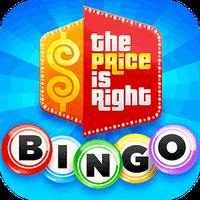PlayStation stands as a titan in the gaming world, with a legacy that spans over three decades. From the groundbreaking PlayStation 1, which introduced iconic games like Final Fantasy VII, to the cutting-edge PlayStation 5, featuring blockbuster titles like God of War: Ragnarok, Sony's brand has consistently been at the forefront of the industry. Over the years, PlayStation has released numerous consoles, including revisions, portable devices, and new generations. With the PS5 Pro now available for preorder, we've put together a comprehensive list of every PlayStation console ever released.
As we celebrate 30 years since the launch of the first PlayStation, let's take a nostalgic journey through the history of this legendary gaming brand!
AnswerSee ResultsLooking to save on a new PlayStation 5 or new titles for your system? Be sure to check out the best PlayStation deals available today.How Many PlayStation Consoles Have There Been?
In total, fourteen PlayStation consoles have been released since the first PlayStation debuted in North America in 1995. This count includes Slim revision models and the two portable consoles released under the PlayStation brand.
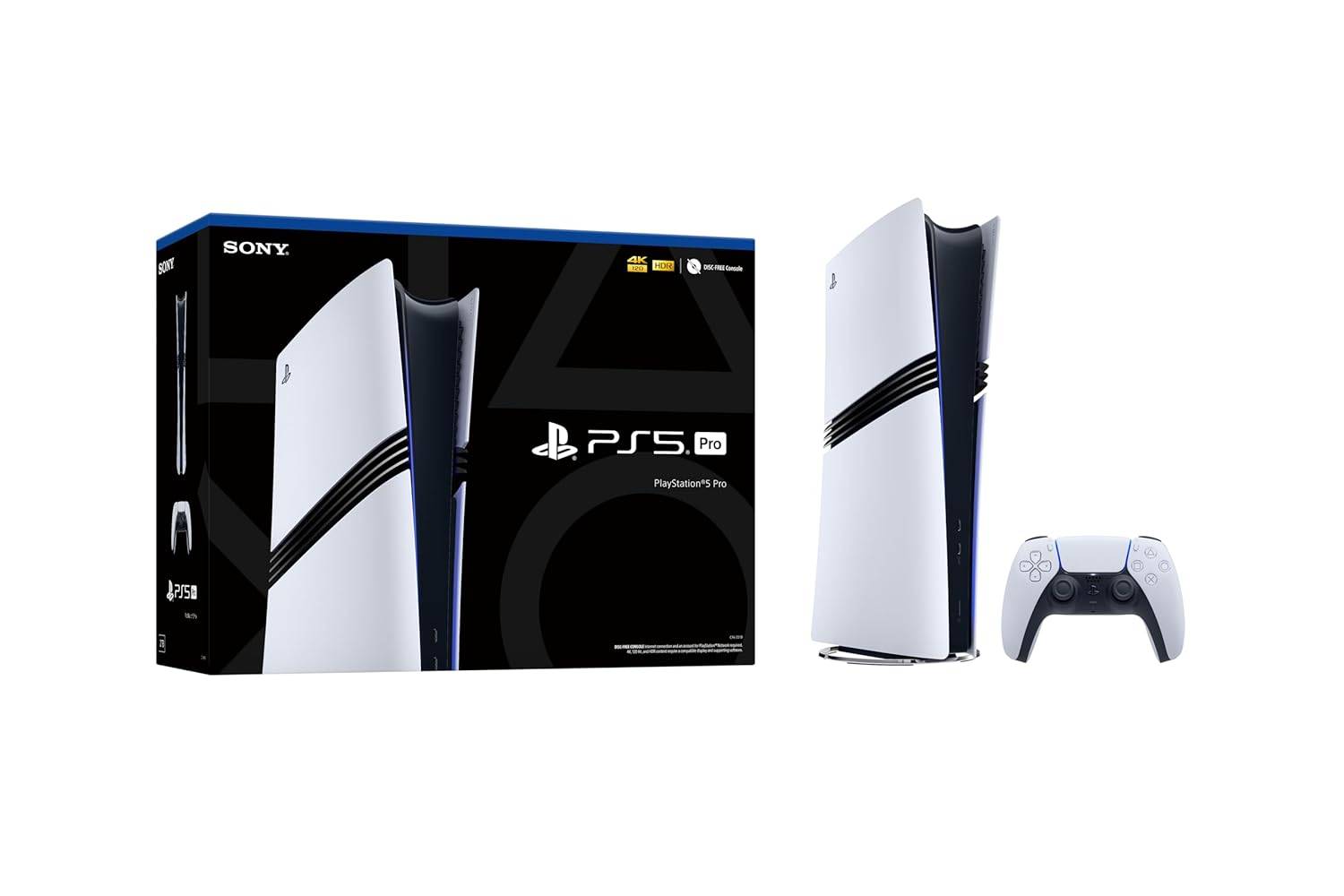 Latest Model### PlayStation 5 Pro
Latest Model### PlayStation 5 Pro
5See it at AmazonEvery PlayStation Console in Order of Release
PlayStation - September 9, 1995
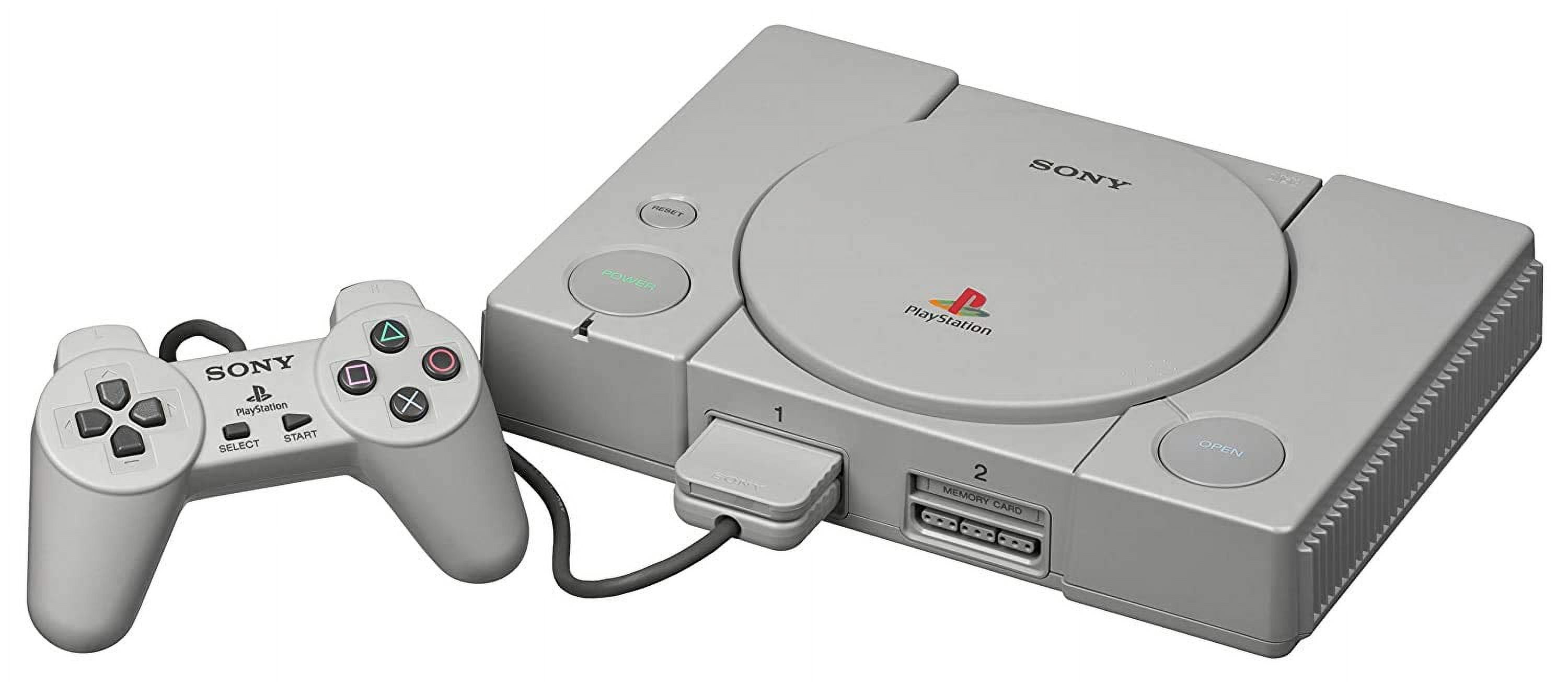 Launched in 1995, the original PlayStation revolutionized gaming by adopting CD-ROM technology, which offered significantly more storage than the cartridges used by competitors. This shift allowed developers like Square Enix to create expansive games, leading to classics such as Metal Gear Solid, Final Fantasy VII, Resident Evil 2, Vagrant Story, and Crash Bandicoot.
Launched in 1995, the original PlayStation revolutionized gaming by adopting CD-ROM technology, which offered significantly more storage than the cartridges used by competitors. This shift allowed developers like Square Enix to create expansive games, leading to classics such as Metal Gear Solid, Final Fantasy VII, Resident Evil 2, Vagrant Story, and Crash Bandicoot.
PS One - September 19, 2000
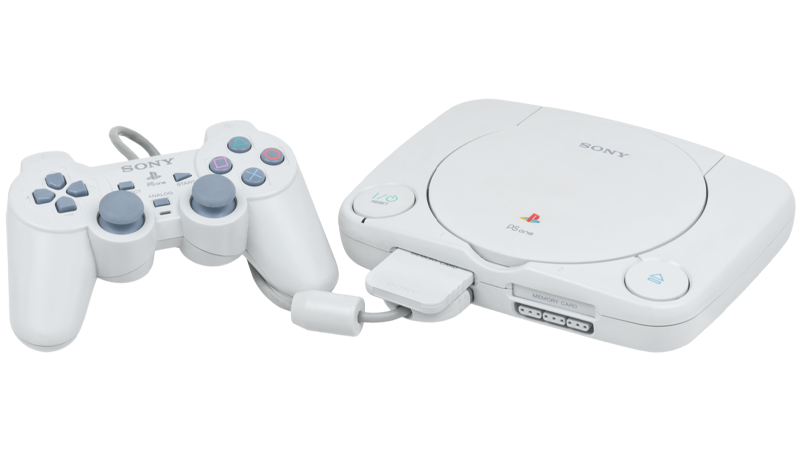 Introduced in 2000, the PS One was a compact redesign of the original PlayStation, featuring a smaller form factor and the notable removal of the reset button. The PS One's success was highlighted by its outselling the PlayStation 2 in 2000, and it even supported an attachable screen called the Combo, made possible by the removal of certain ports.
Introduced in 2000, the PS One was a compact redesign of the original PlayStation, featuring a smaller form factor and the notable removal of the reset button. The PS One's success was highlighted by its outselling the PlayStation 2 in 2000, and it even supported an attachable screen called the Combo, made possible by the removal of certain ports.
PlayStation 2 - October 26, 2000
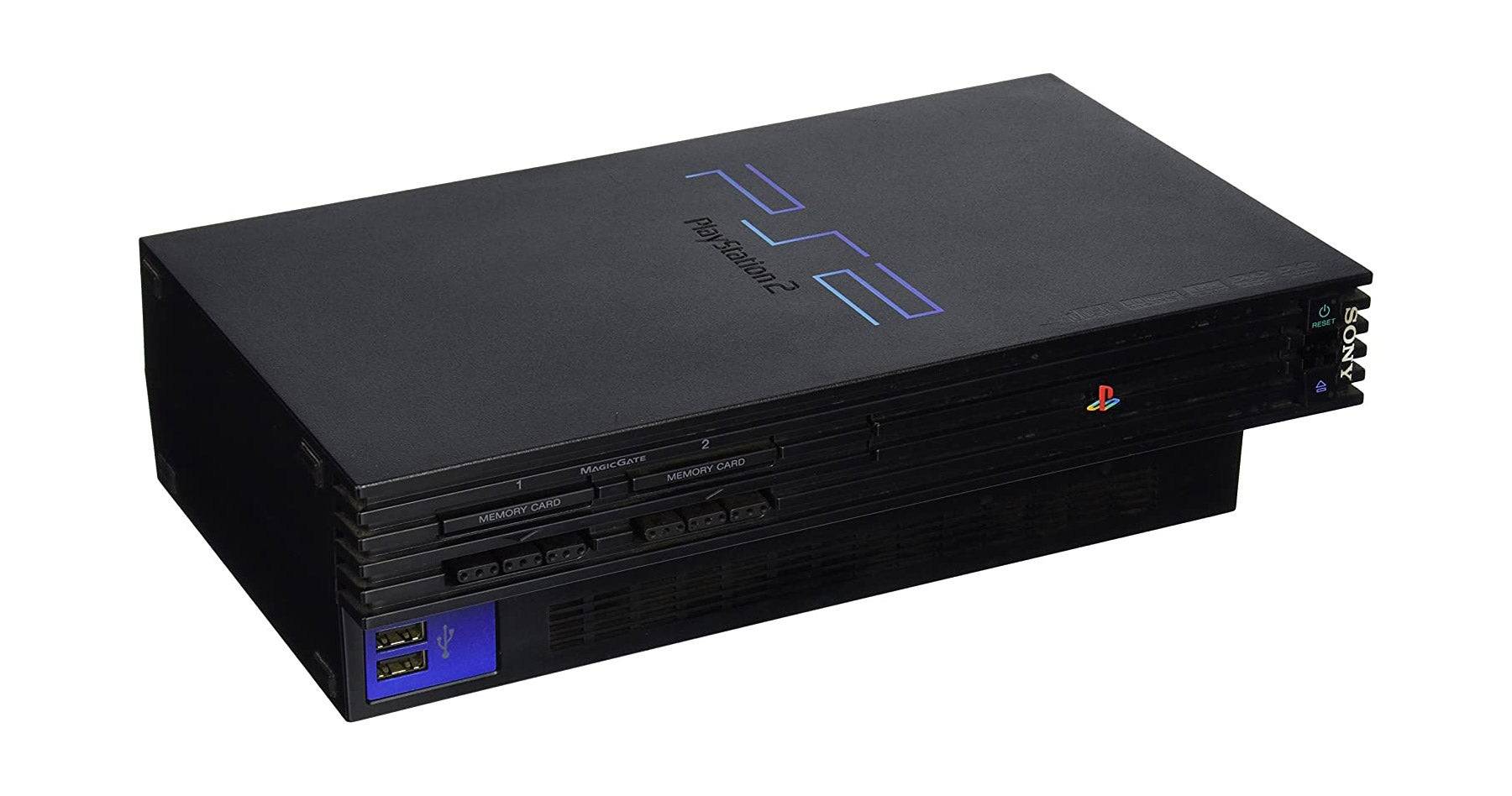 Released in 2000, the PlayStation 2 brought a significant leap in graphics and gameplay, moving away from polygonal figures to detailed 3D models. It remains the best-selling console of all time, with iconic titles that continue to be celebrated. The Nintendo Switch is gradually closing the gap, but the PS2's legacy is unmatched.
Released in 2000, the PlayStation 2 brought a significant leap in graphics and gameplay, moving away from polygonal figures to detailed 3D models. It remains the best-selling console of all time, with iconic titles that continue to be celebrated. The Nintendo Switch is gradually closing the gap, but the PS2's legacy is unmatched.
PlayStation 2 Slim - November 2004
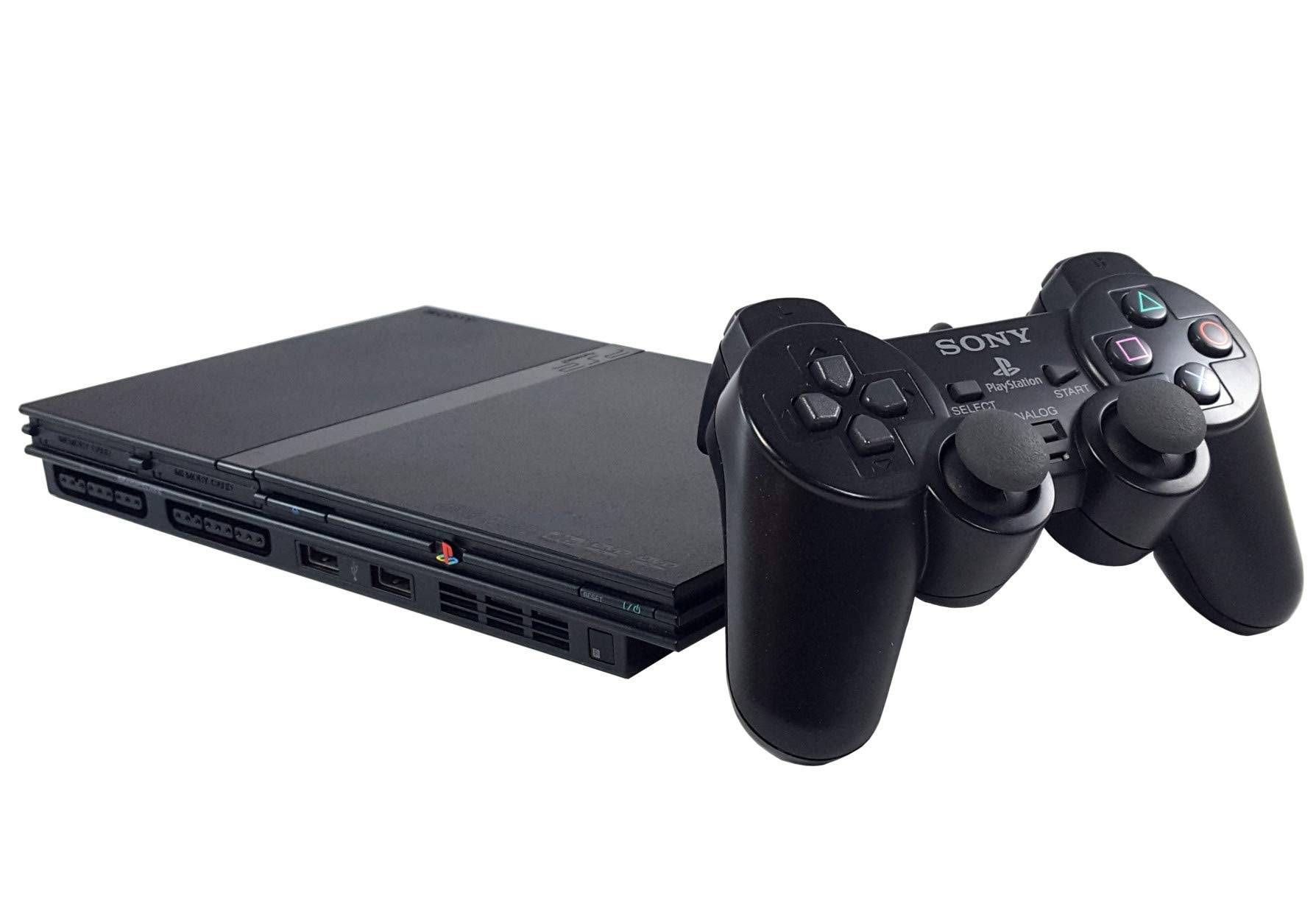 In 2004, the PlayStation 2 Slim improved upon its predecessor with a top-loading disc drive, enhanced efficiency, and a more compact design. This model marked Sony's first use of the 'Slim' moniker, a trend that continued in subsequent generations.
In 2004, the PlayStation 2 Slim improved upon its predecessor with a top-loading disc drive, enhanced efficiency, and a more compact design. This model marked Sony's first use of the 'Slim' moniker, a trend that continued in subsequent generations.
PlayStation Portable - March 24, 2005
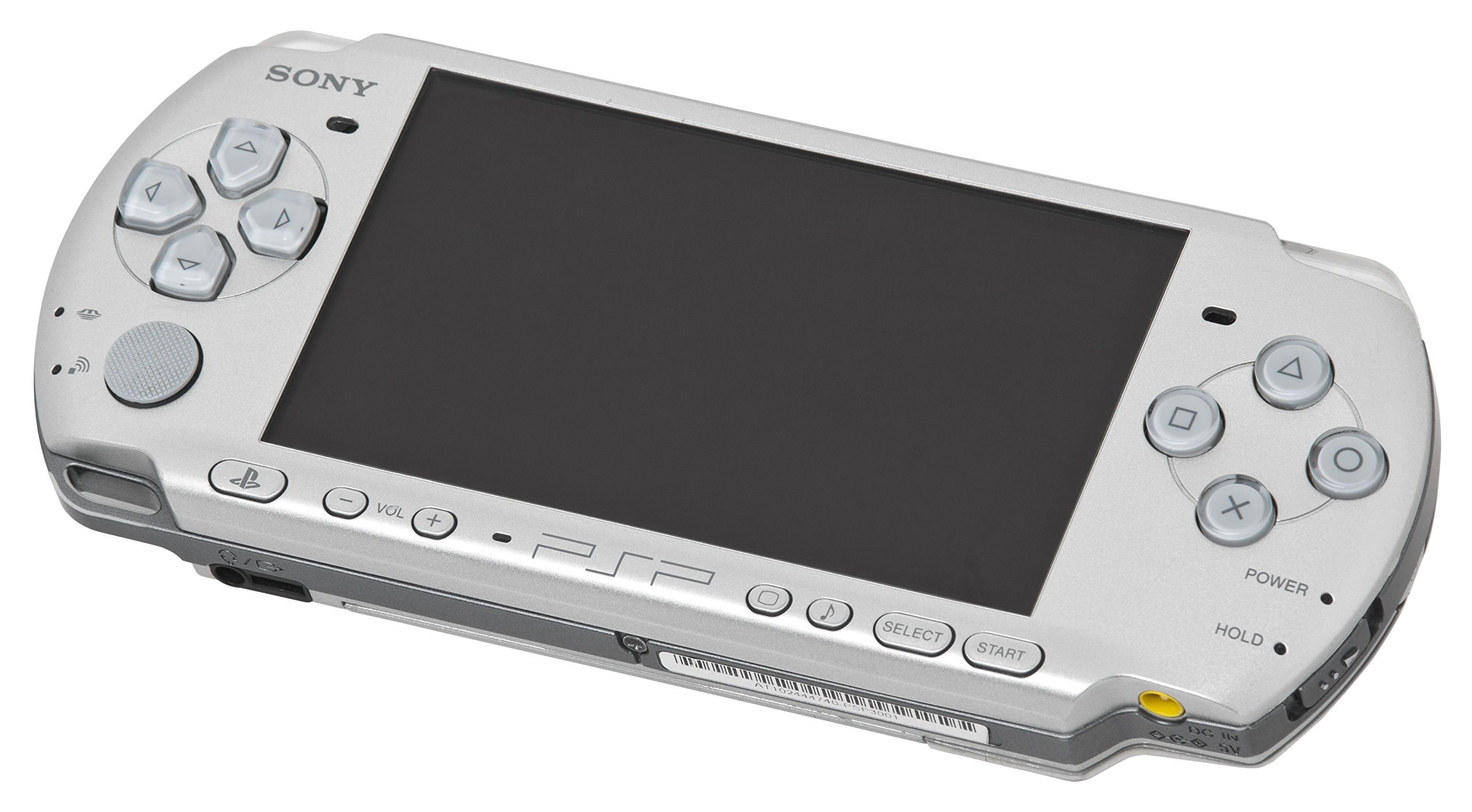 Launched in 2005, the PlayStation Portable (PSP) was Sony's first foray into handheld gaming under the PlayStation brand. It offered versatile entertainment options, including gaming, movies, and music, using UMDs for storage. The PSP also featured connectivity with PS2 and PS3, enhancing its appeal.
Launched in 2005, the PlayStation Portable (PSP) was Sony's first foray into handheld gaming under the PlayStation brand. It offered versatile entertainment options, including gaming, movies, and music, using UMDs for storage. The PSP also featured connectivity with PS2 and PS3, enhancing its appeal.
PlayStation 3 - November 17, 2006
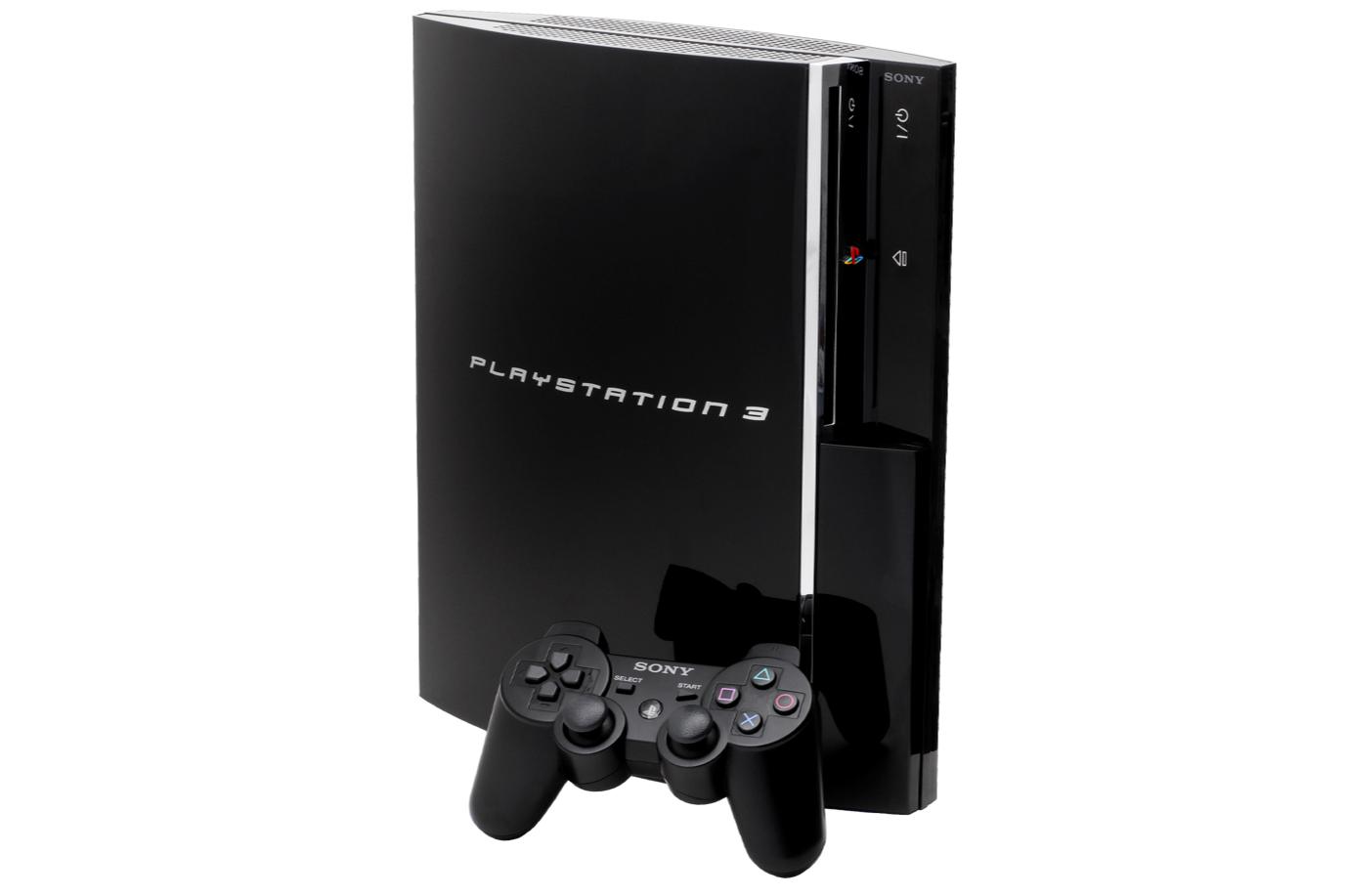 In 2006, the PlayStation 3 introduced groundbreaking features like the PlayStation Network (PSN), which brought online multiplayer and digital downloads to the forefront. It was also backwards compatible with PS1 and PS2 games and supported Blu-ray, setting a new standard for home entertainment.
In 2006, the PlayStation 3 introduced groundbreaking features like the PlayStation Network (PSN), which brought online multiplayer and digital downloads to the forefront. It was also backwards compatible with PS1 and PS2 games and supported Blu-ray, setting a new standard for home entertainment.
PlayStation 3 Slim - September 1, 2009
 Released in 2009, the PlayStation 3 Slim was a significant upgrade, reducing the console's size, weight, and power consumption. However, it notably dropped backwards compatibility with PS1 and PS2 games, a feature that has not returned in later models.
Released in 2009, the PlayStation 3 Slim was a significant upgrade, reducing the console's size, weight, and power consumption. However, it notably dropped backwards compatibility with PS1 and PS2 games, a feature that has not returned in later models.
PlayStation Vita - February 22, 2012
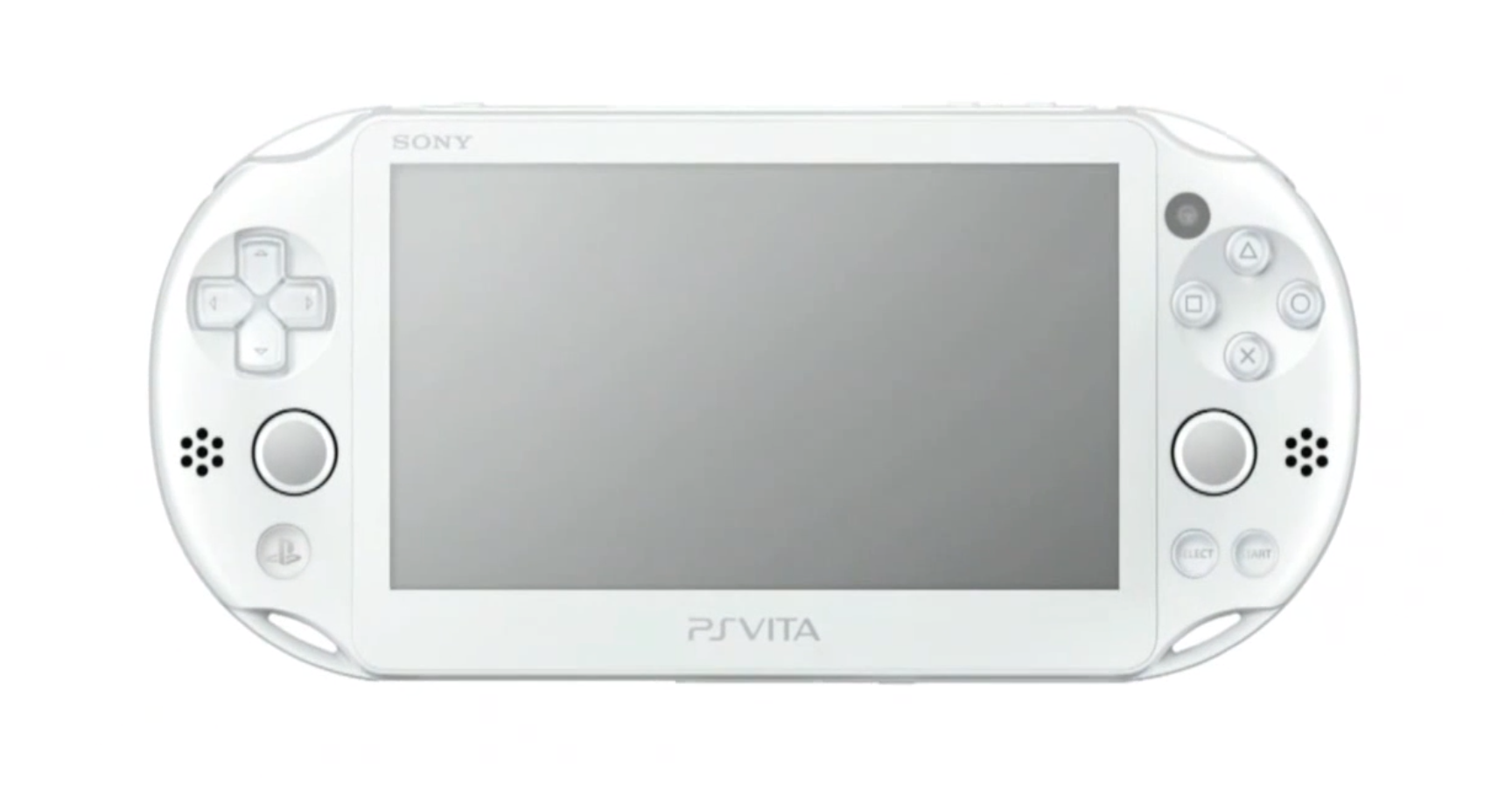 In 2012, the PlayStation Vita entered the market as Sony's advanced portable gaming system, offering cross-play with PS3 and later, Remote Play with PS4. It was a powerhouse of features, setting it apart from other handhelds at the time.
In 2012, the PlayStation Vita entered the market as Sony's advanced portable gaming system, offering cross-play with PS3 and later, Remote Play with PS4. It was a powerhouse of features, setting it apart from other handhelds at the time.
PlayStation 3 Super Slim - September 25, 2012
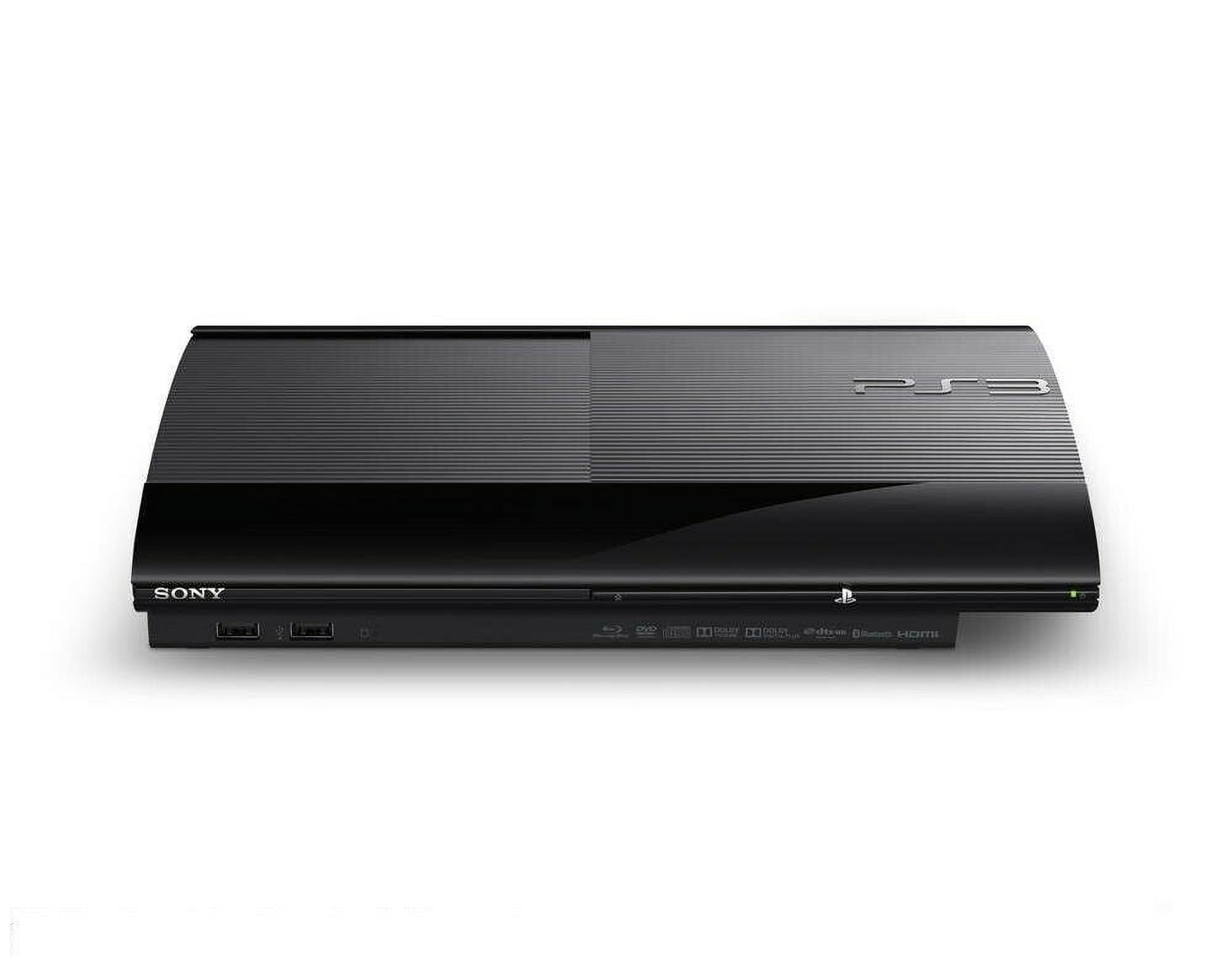 Launched in 2012, the PlayStation 3 Super Slim was the final iteration of the PS3, featuring a top-loading Blu-ray drive, improved efficiency, and a sleeker design. It's remembered for its durability, thanks to its robust construction.
Launched in 2012, the PlayStation 3 Super Slim was the final iteration of the PS3, featuring a top-loading Blu-ray drive, improved efficiency, and a sleeker design. It's remembered for its durability, thanks to its robust construction.
PlayStation 4 - November 15, 2013
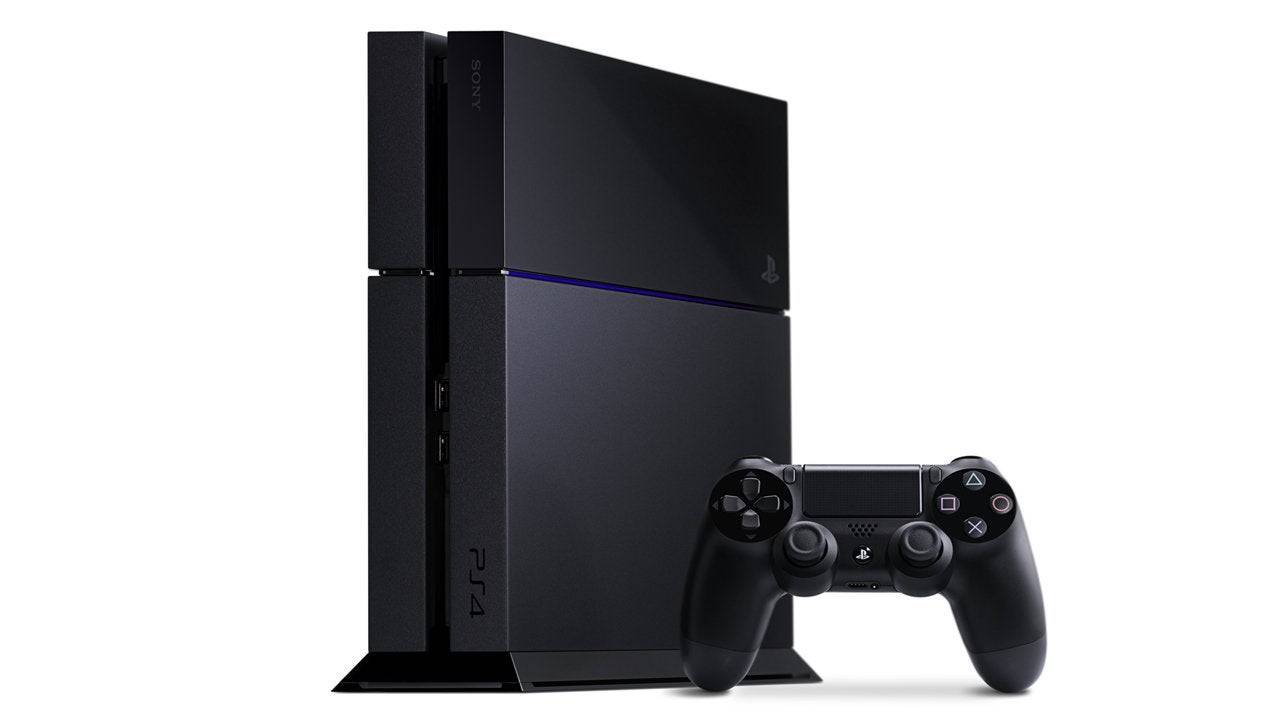 In 2013, the PlayStation 4 brought a massive performance boost, with internals over five times faster than the PS3. It introduced beloved titles like Uncharted 4, God of War, and Ghost of Tsushima, and featured a removable HDD and the ergonomic DualShock 4 controller.
In 2013, the PlayStation 4 brought a massive performance boost, with internals over five times faster than the PS3. It introduced beloved titles like Uncharted 4, God of War, and Ghost of Tsushima, and featured a removable HDD and the ergonomic DualShock 4 controller.
PlayStation 4 Slim - September 15, 2016
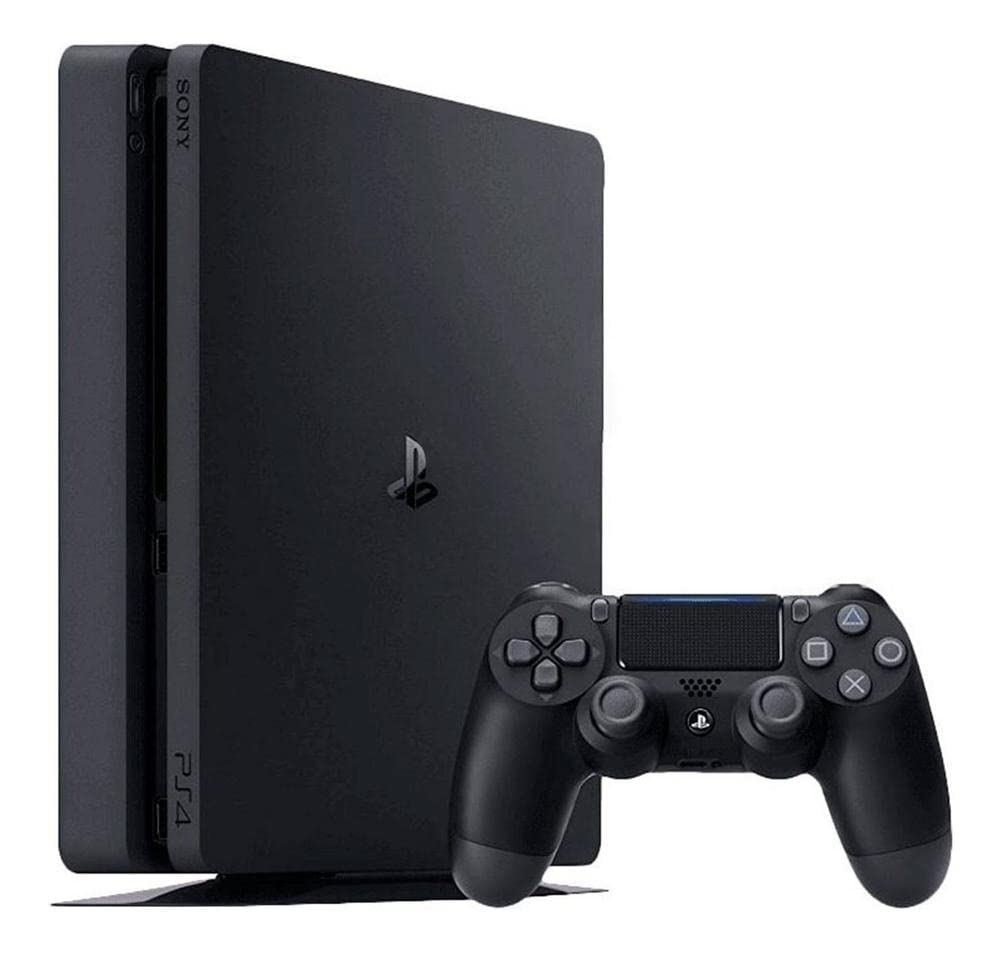 Released in 2016, the PlayStation 4 Slim offered a more compact and power-efficient design without compromising performance. Its quieter cooling system and smaller footprint were major draws for gamers.
Released in 2016, the PlayStation 4 Slim offered a more compact and power-efficient design without compromising performance. Its quieter cooling system and smaller footprint were major draws for gamers.
PlayStation 4 Pro - November 10, 2016
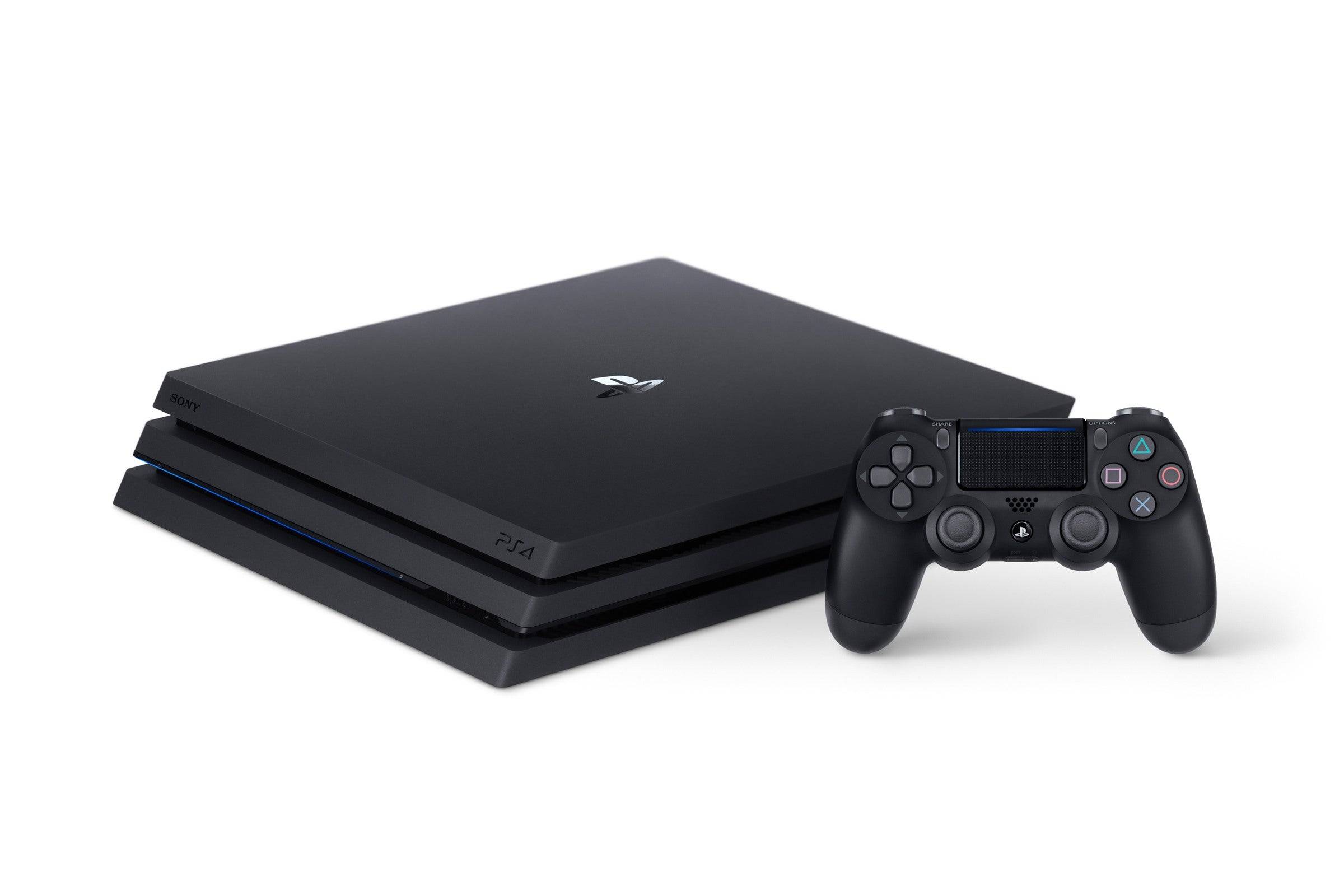 Also launched in 2016, the PlayStation 4 Pro introduced 4K and HDR support, doubling the GPU power of the standard PS4. This allowed for enhanced visuals and smoother gameplay on 4K displays.
Also launched in 2016, the PlayStation 4 Pro introduced 4K and HDR support, doubling the GPU power of the standard PS4. This allowed for enhanced visuals and smoother gameplay on 4K displays.
PlayStation 5 - November 12, 2020
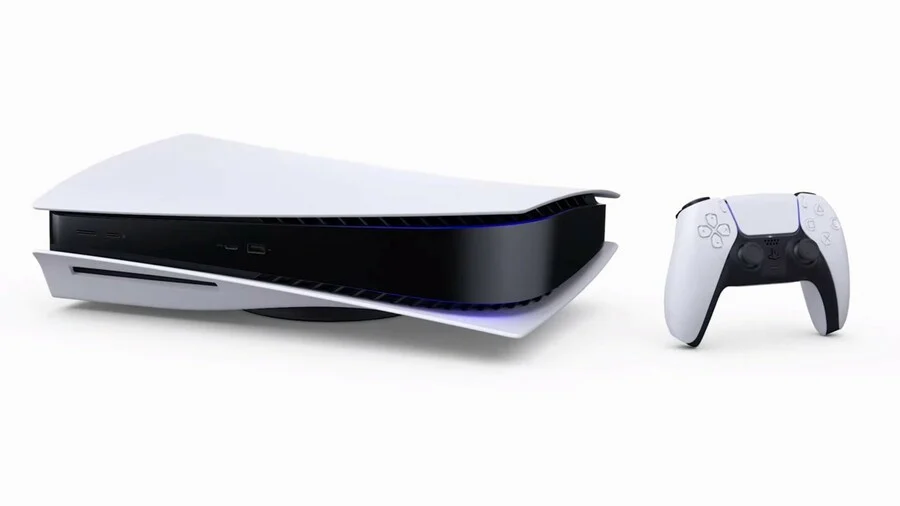 In 2020, the PlayStation 5 set new standards with ray tracing, 120FPS, and native 4K output. The accompanying DualSense controller introduced innovative features like adaptive triggers and haptic feedback, enhancing the gaming experience.
In 2020, the PlayStation 5 set new standards with ray tracing, 120FPS, and native 4K output. The accompanying DualSense controller introduced innovative features like adaptive triggers and haptic feedback, enhancing the gaming experience.
PlayStation 5 Slim - November 10, 2023
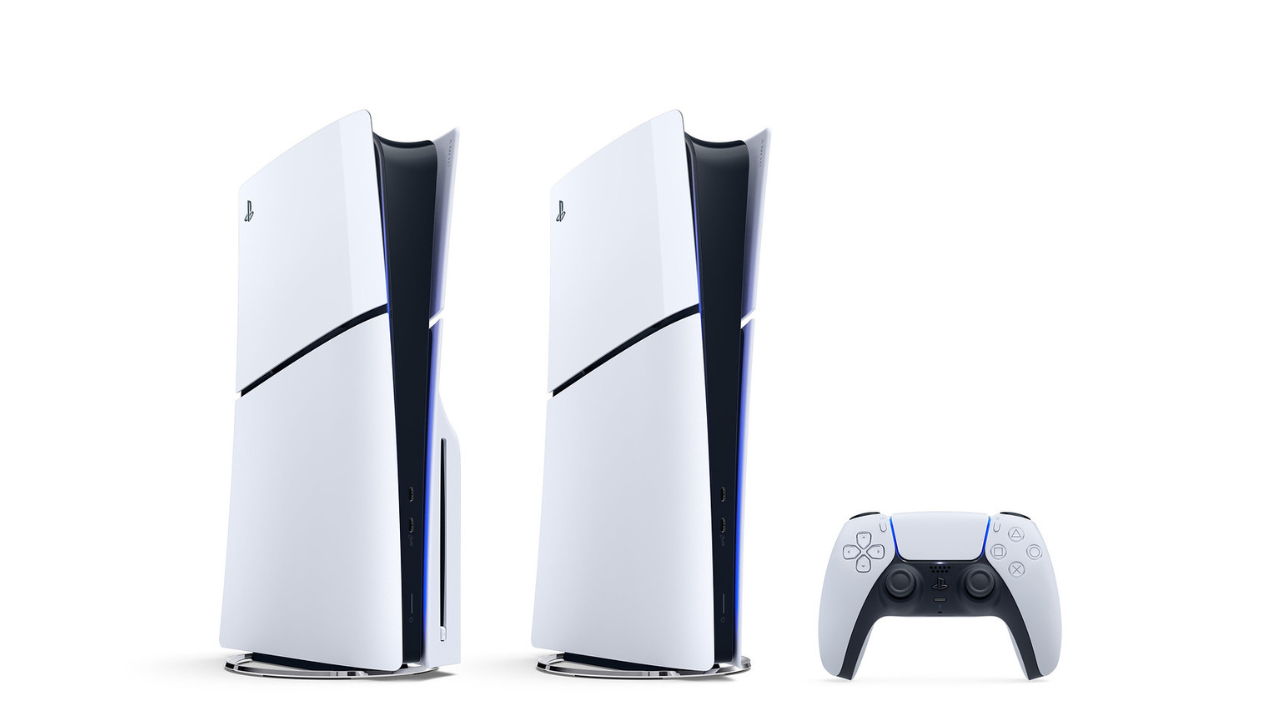 In 2023, the PlayStation 5 Slim offered a more compact design while maintaining the powerful internals of the original PS5. Its modular design allowed for the separate purchase of a disc drive, adding flexibility for gamers.
In 2023, the PlayStation 5 Slim offered a more compact design while maintaining the powerful internals of the original PS5. Its modular design allowed for the separate purchase of a disc drive, adding flexibility for gamers.
PlayStation 5 Pro - November 7, 2024
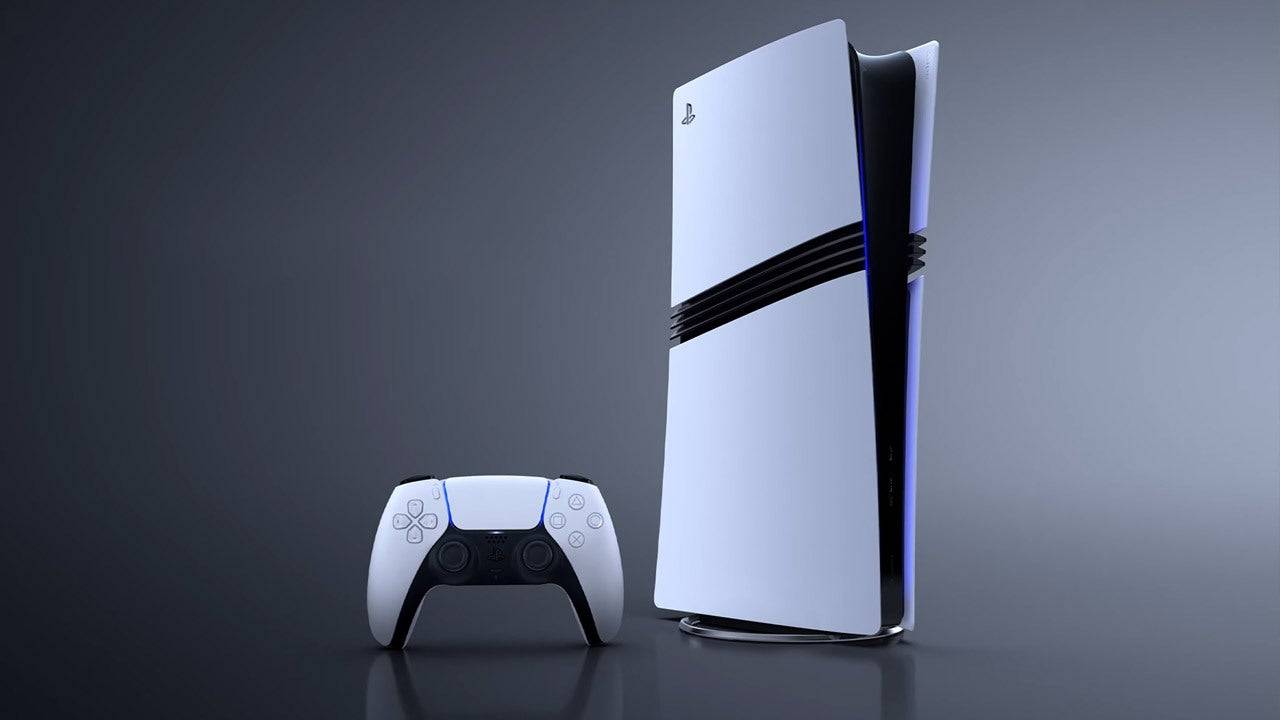 Announced in 2024, the PlayStation 5 Pro focuses on higher frame rates, enhanced ray tracing, and the introduction of PlayStation Spectral Super Resolution (PSSR). Priced at $699.99 USD, it includes a 2TB SSD, a DualSense controller, and Astro's Playroom.
Announced in 2024, the PlayStation 5 Pro focuses on higher frame rates, enhanced ray tracing, and the introduction of PlayStation Spectral Super Resolution (PSSR). Priced at $699.99 USD, it includes a 2TB SSD, a DualSense controller, and Astro's Playroom.
Upcoming PlayStation Consoles
The PS5 Pro was the major console reveal for 2024. As for the next generation, speculation suggests the PS6 could launch anytime between 2026 and 2030.
AnswerSee Results Home
Home  Navigation
Navigation






 Latest Articles
Latest Articles
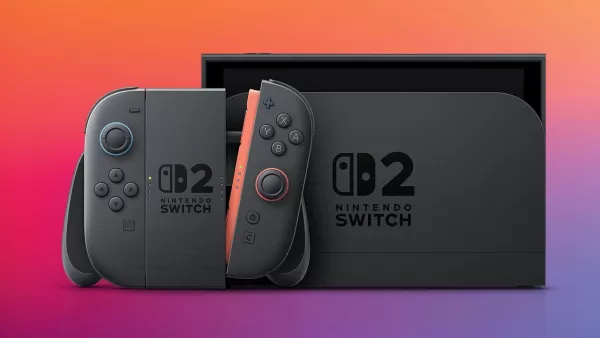





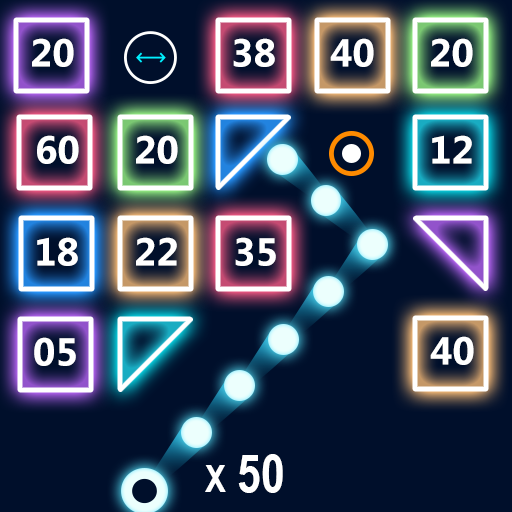



 Latest Games
Latest Games









